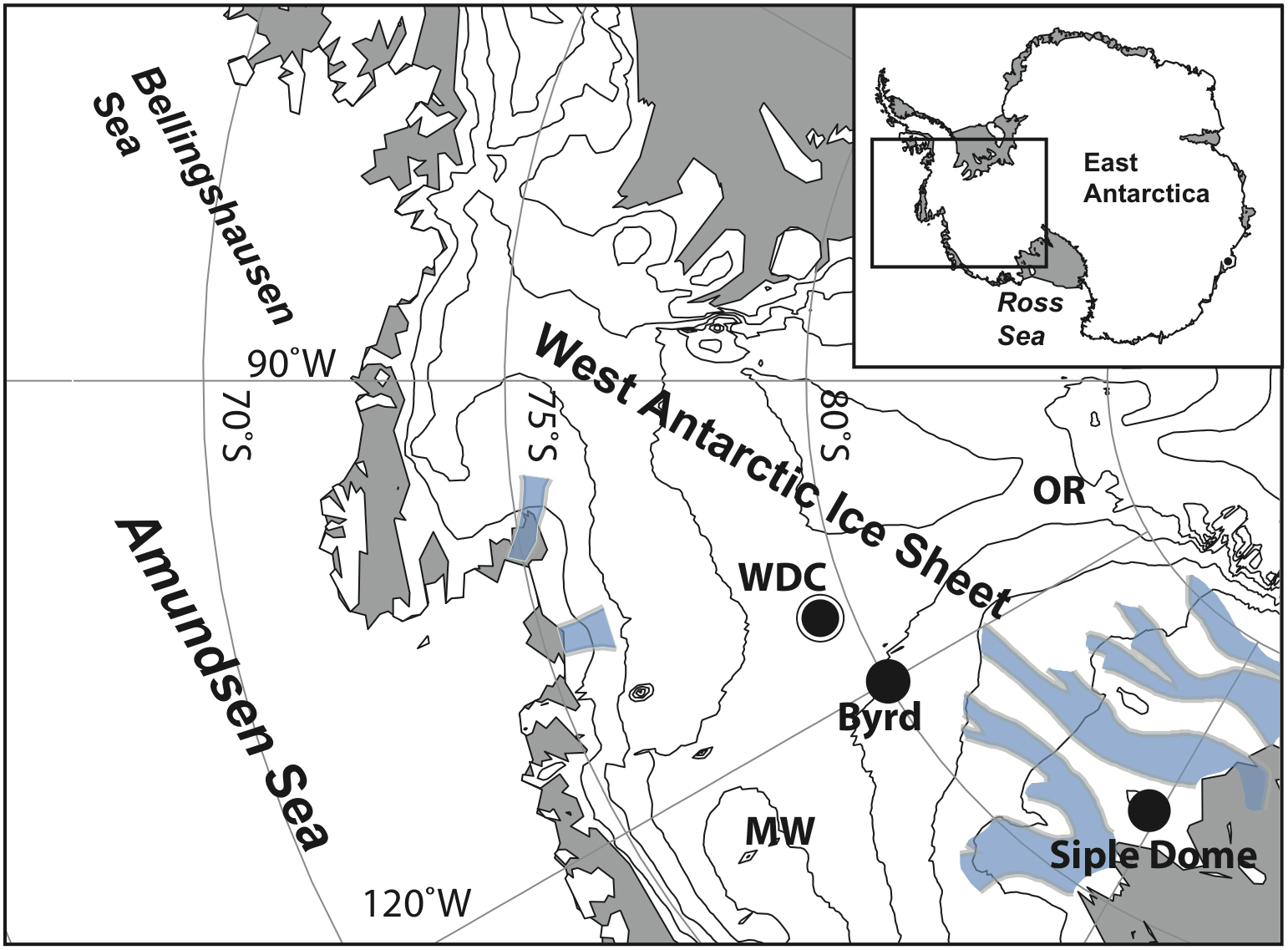On December 1, 2011, the West Antarctic Ice Sheet (WAIS) Divide ice core project, funded by the National Science Foundation (NSF), reached its final depth of 3405 meters (11,171 feet; over 2 miles), recovering the longest U.S. ice core to date from the polar regions.
The 122-millimeter (4.8-inch) diameter cylinders of ice that make up the ice core contain uniquely detailed information on past environmental conditions during the last 68,000 years, such as the atmospheric concentration of greenhouse gases, surface air temperature, wind patterns, the extent of sea ice around Antarctica, and the average temperature of the ocean.
Successfully retrieving the ice core is the culmination of an eight-year project to obtain a paleoclimate record from one of the remotest parts of the Antarctic continent.






